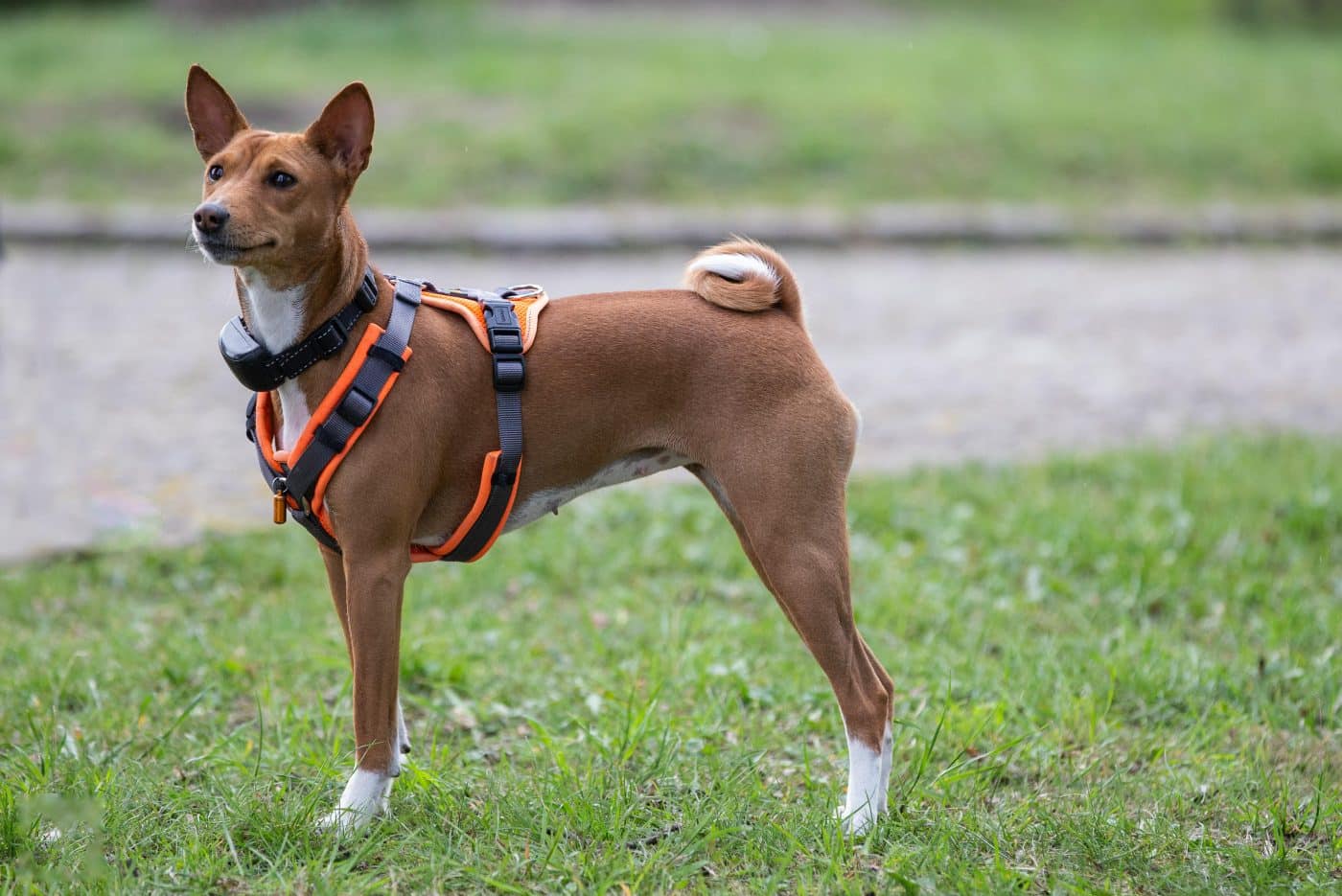 Shutterstock
Shutterstock
Long before home security systems and motion-activated lights, humans relied on a different kind of guardian to protect their most sacred spaces—dogs. From ancient temples in the mountains to hidden monasteries and royal burial grounds, certain dog breeds were not just companions—they were divine sentinels, trusted to stand watch over what was holy. Whether it was fending off intruders, warding away evil spirits, or simply keeping a calm and watchful eye over sacred grounds, these dogs earned their place in history with courage, loyalty, and often, a dash of fluff.
Tibetan Mastiff
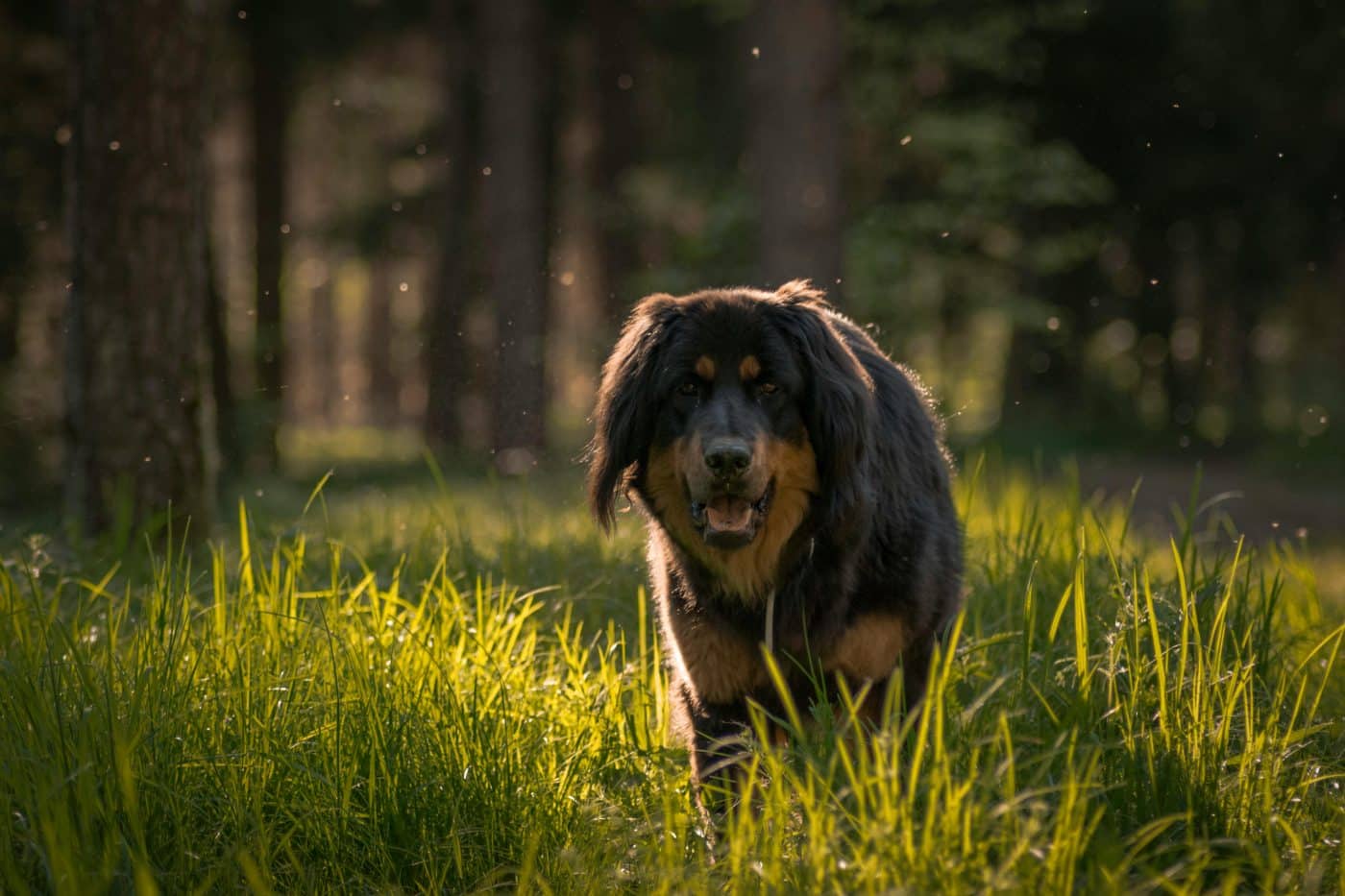 Shutterstock
Shutterstock
The Tibetan Mastiff is the ancient temple bouncer of the Himalayas. Revered by monks and nobles alike, this breed was tasked with guarding monasteries perched high in the mountains, often under brutal weather conditions. With their massive size, thick coats, and powerful bark that sounded like thunder rolling down a mountain, they were both physical and spiritual protectors. Tibetans believed these dogs could ward off evil spirits, which is why you’d often find one guarding a monastery door with a regal scowl. Try sneaking past one. Good luck—hope you like reincarnation.
Lhasa Apso
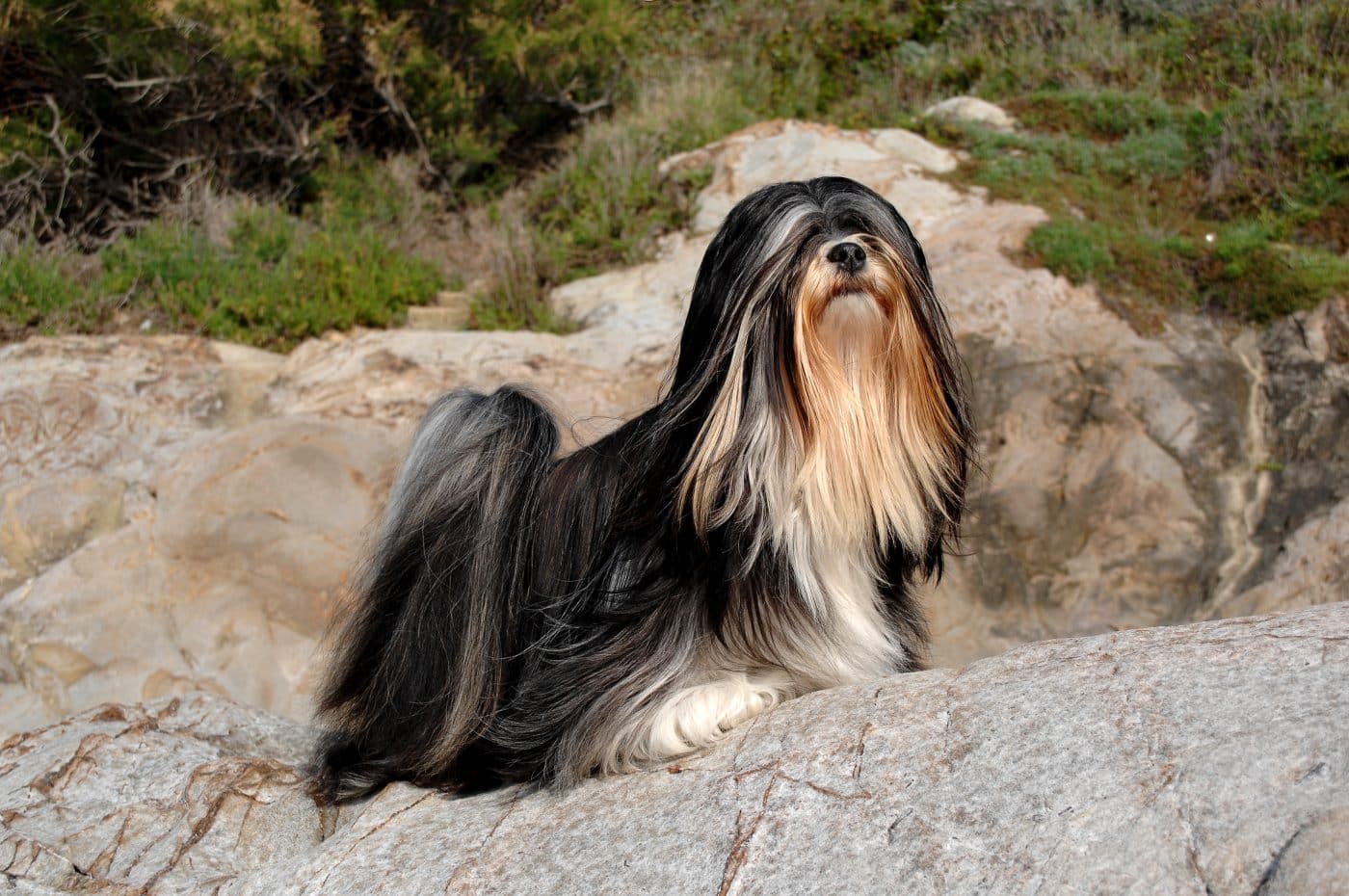 Shutterstock
Shutterstock
Don’t let their size fool you—Lhasa Apsos were sacred watchdogs inside Tibetan monasteries for centuries. While their big cousin, the Tibetan Mastiff, guarded the exterior, the Lhasa Apso was stationed indoors, alert and ready to sound the alarm at any hint of danger. Monks believed these little fluffballs were reincarnations of holy beings, which explains their confident attitudes and total lack of fear. With their keen senses and noble demeanor, they were trusted protectors of inner sanctums. They were the spiritual alarm system with a lion’s heart in a lapdog body.
Akita
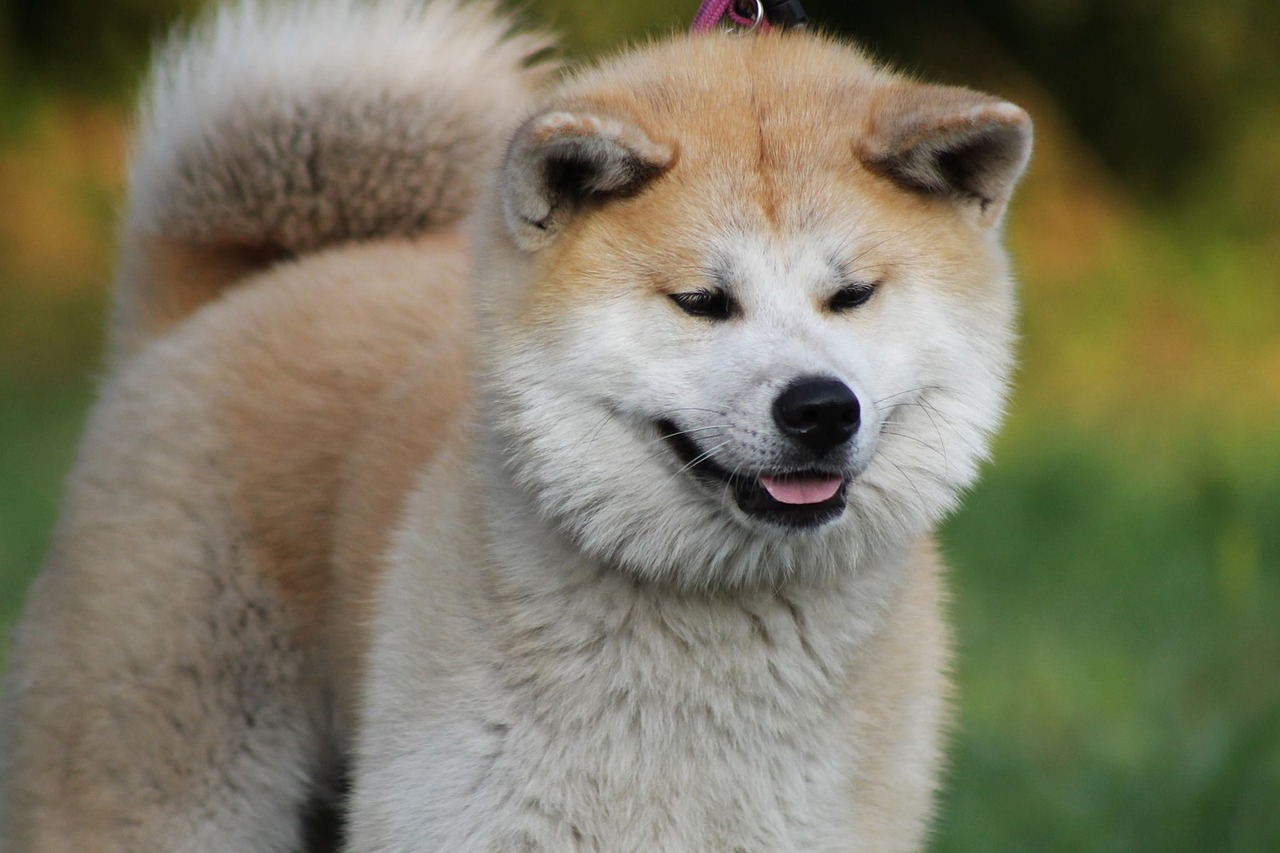 Shutterstock
Shutterstock
In Japan, the Akita was more than just a loyal companion—it was a noble guardian often associated with protection, spiritual purity, and even Shinto shrines. These dignified dogs were once reserved for the imperial family and samurai, and they guarded everything from noble homes to sacred spaces. Their alert nature and strong guarding instincts made them ideal temple guardians, especially in snowy regions where intruders had nowhere to hide. Legend has it, that gifting an Akita was a gesture of divine protection. Just don’t try sneaking snacks into a shrine with one of these around—they see all.
Chow Chow
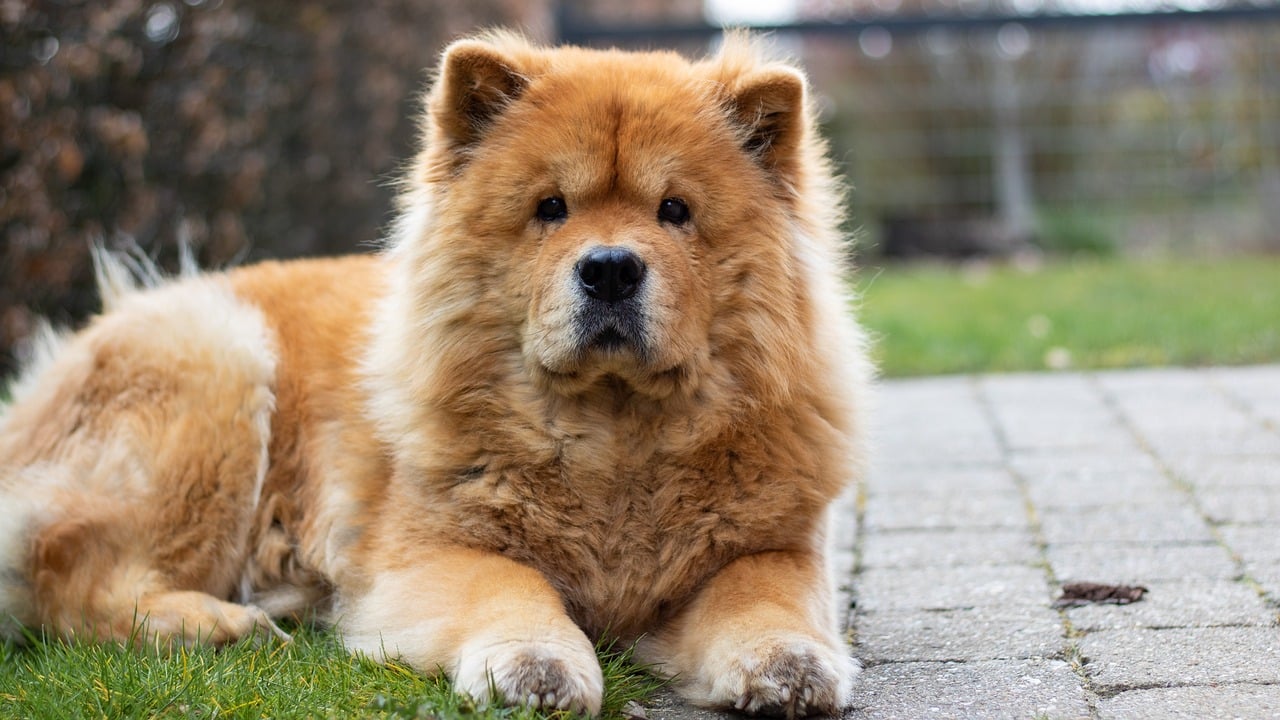 Shutterstock
Shutterstock
The Chow Chow has the expression of a grumpy philosopher and the soul of an ancient guardian. Originally from China, this breed was used to protect temples and royal compounds thanks to its keen instincts and imposing presence. Monks valued them for their loyalty and natural suspicion of strangers—basically, they’d judge you hard before barking. Their lion-like mane added to their mystical appearance, often believed to represent spiritual strength. They didn’t just guard temples—they looked like they were part of the divine décor.
Kishu Ken
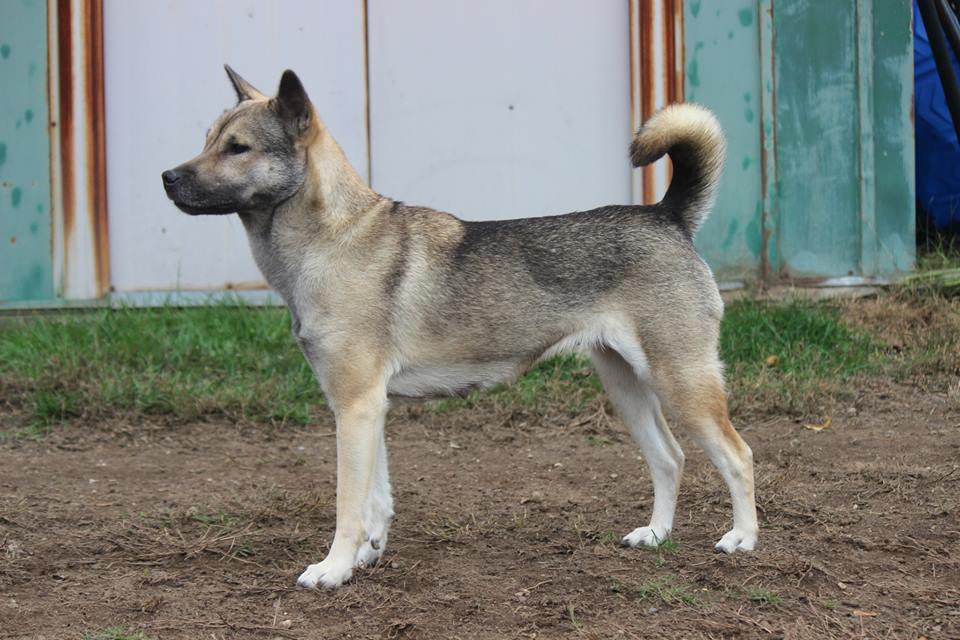 Shutterstock
Shutterstock
This Japanese breed may not be as famous as the Akita, but the Kishu Ken has a long history of guarding shrines and sacred grounds. Known for their loyalty and calm strength, Kishu Kens were revered for their spiritual symbolism, especially in the mountainous Wakayama region. Their quiet vigilance made them ideal for protecting quiet temple spaces from intruders or wild animals. With their stoic demeanor and piercing eyes, they often seem like they’re contemplating the secrets of the universe. And maybe judging your aura while they’re at it.
Belgian Malinois
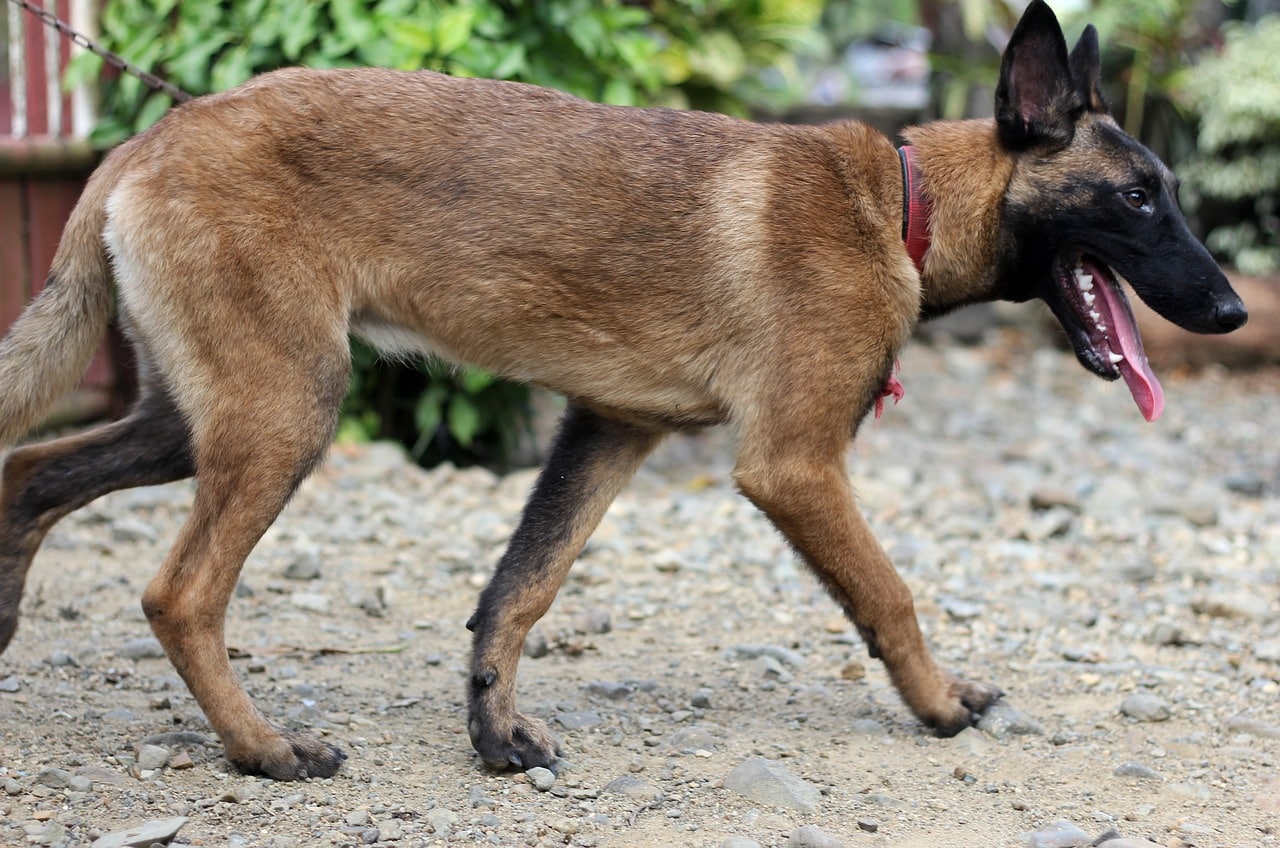 Shutterstock
Shutterstock
Though modern Belgian Malinois are more known for their military and police work, their ancestral roots trace back to guarding farmland and chapels in rural Europe. Their unmatched drive, intelligence, and alertness made them a natural choice for protecting sacred relics and secluded churches. In medieval times, monks and priests used them to guard abbeys and prevent theft or intrusion during times of religious conflict. These dogs don’t just protect—they calculate, analyze, and probably write a report on you afterward. Perfect watchdogs for both sinners and saints.
Anatolian Shepherd
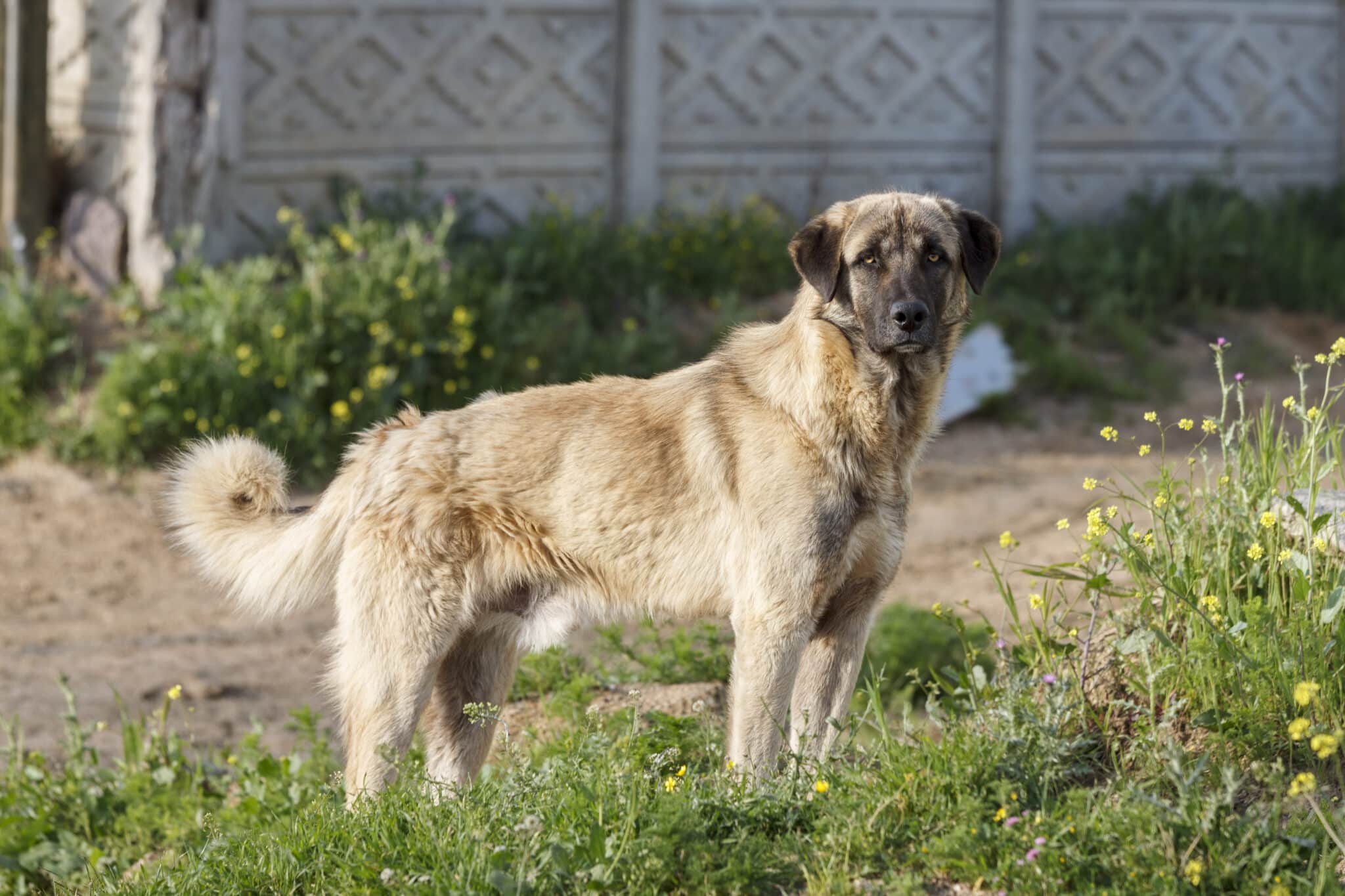 Shutterstock
Shutterstock
In Turkey, Anatolian Shepherds were not only used to guard flocks but also sacred sites and ancient ruins. Their size and territorial instincts made them ideal for watching over open-air shrines or historical burial grounds. These dogs don’t mess around—they work silently, independently, and with laser-focused loyalty. Some say they can detect spiritual unrest (or maybe just trespassers in sandals). Either way, they make sure sacred remains stay undisturbed—and so do your kneecaps.
Great Pyrenees
 Shutterstock
Shutterstock
The Great Pyrenees has a long history of guarding mountain monasteries and remote religious sites nestled in the Pyrenees Mountains. Their serene temperament and imposing size made them ideal for quiet contemplation and sudden, effective protection. These gentle giants could blend into the snow like fluffy ghosts, only revealing themselves when danger approached. With a bark that echoes through valleys and a soul as old as the hills, the Great Pyrenees wasn’t just a protector—it was a holy sentinel wrapped in a white cloud.
Shar Pei
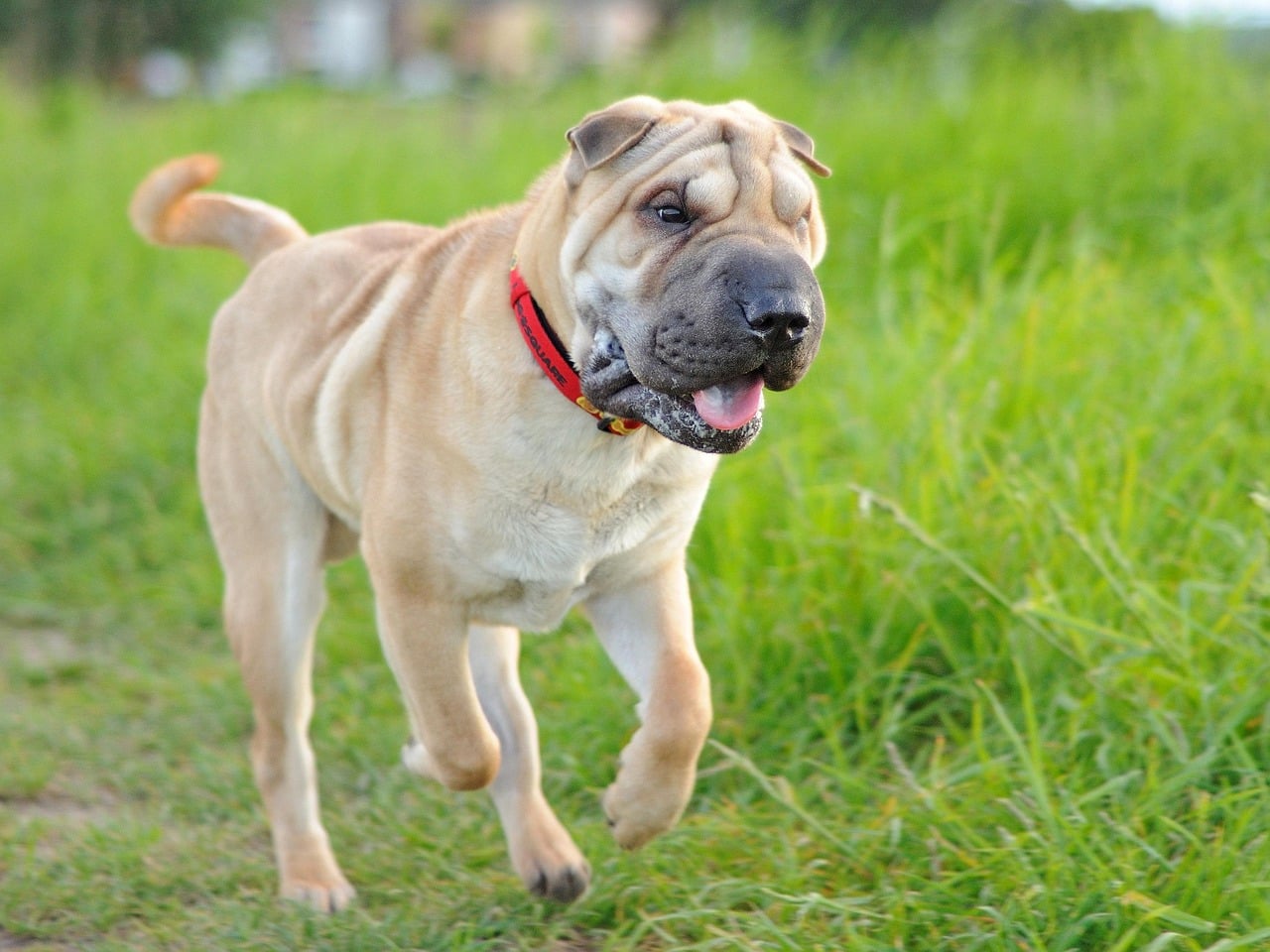 Shutterstock
Shutterstock
Originally bred in China as guard dogs, Shar Peis were also trusted to watch over tombs, temples, and ancestral grounds. Their serious demeanor, protective instincts, and “I-don’t-have-time-for-your-nonsense” face made them perfect for sacred guardianship. Some folklore even links them to mystical protection due to their unique appearance and ancient lineage. They’ve always had a certain mystical air about them as if they know secrets you’re not ready to hear. Step onto sacred land with a Shar Pei watching? Better be respectful—or prepare for judgment in the form of squinty side-eye.
Kuvasz
 Shutterstock
Shutterstock
The Kuvasz, native to Hungary, are not only known for guarding flocks but also for serving as sacred protectors in royal courts and old monasteries. Their white coat symbolized purity and made them favored guardians for religious ceremonies and sacred rites. Trusted by kings and clergy alike, Kuvasz dogs were a holy mix of muscle and majesty. They are calm, calculating, and intimidating enough to make even the boldest intruder rethink their life choices. Imagine getting side-eyed by one while walking through an ancient chapel—yeah, you’d turn right around.
Caucasian Shepherd
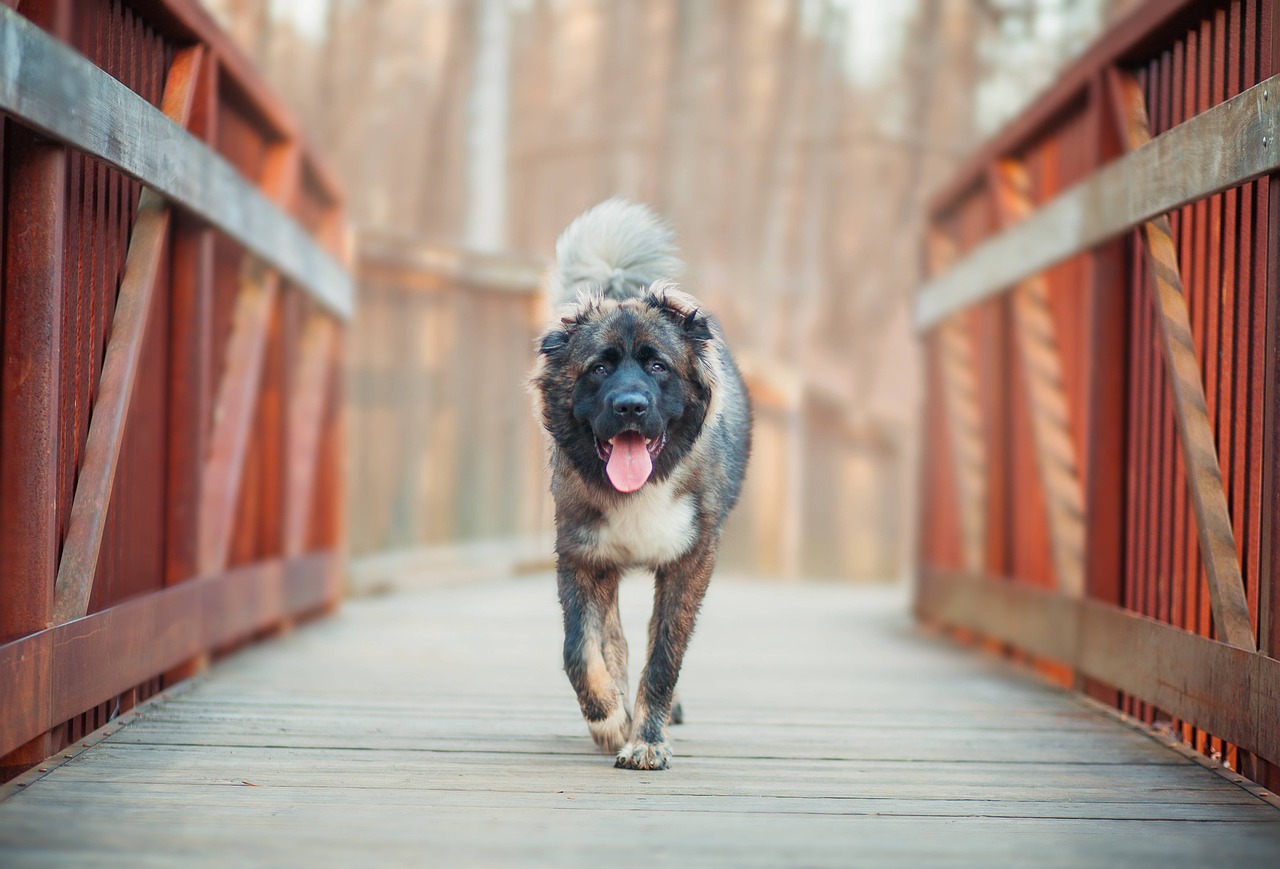 Shutterstock
Shutterstock
This dog looks like it ate a bear for breakfast—and maybe it did. The Caucasian Shepherd was a legendary guardian of remote monasteries in the Caucasus Mountains, where weather was brutal, terrain unforgiving, and threats came from every direction. Monks relied on this behemoth not just for protection, but for survival. Their loyalty was absolute, and their growl? Enough to clear a room and probably a few sins. When your sacred place is closer to the clouds than civilization, this is the dog you want standing between you and whatever’s coming up that mountain.
Thai Ridgeback
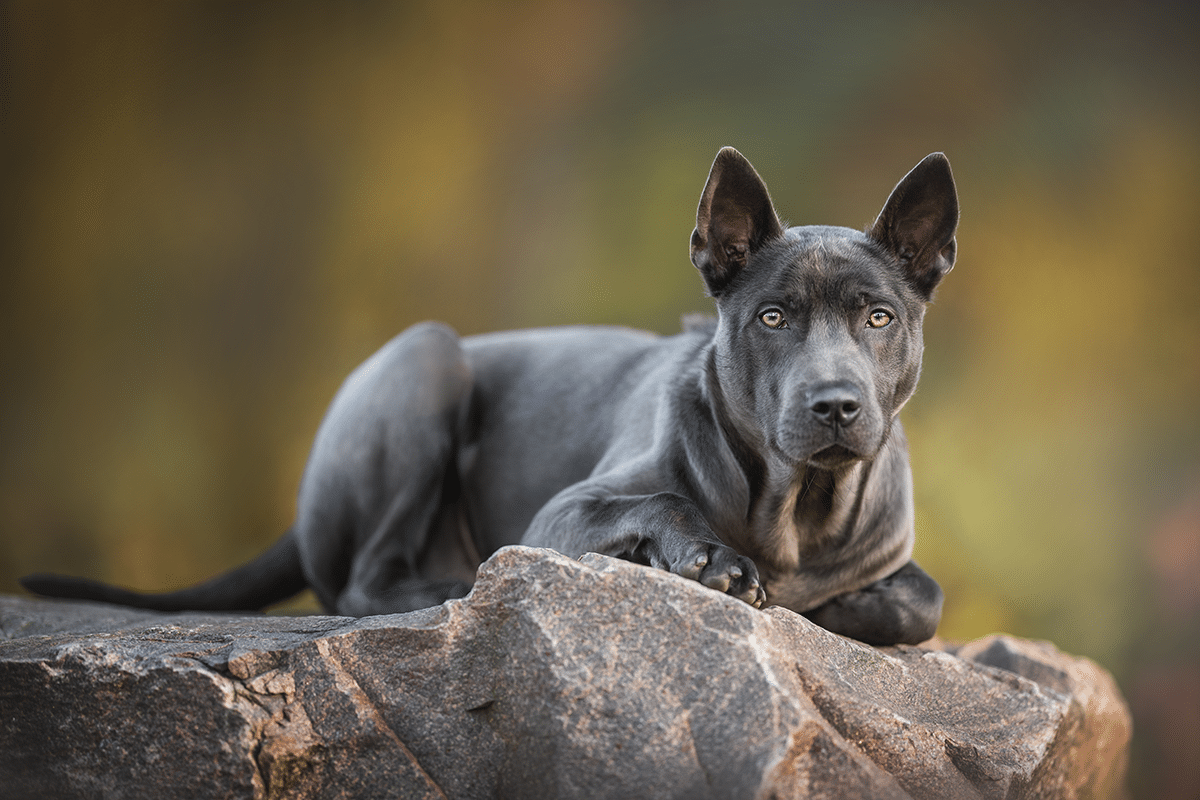 Shutterstock
Shutterstock
In Thailand, the Thai Ridgeback has ancient roots as a protector of temples and rural shrines. Agile, alert, and extremely loyal, this breed was trusted to keep sacred spaces safe from wild animals and wandering spirits alike. Their unique ridge of hair adds a mystical quality, and they’re naturally wary of strangers, making them ideal guardians of the divine. They’re silent stalkers with spiritual street cred, and honestly, they’d probably sniff out a ghost before you even feel the chills.
Central Asian Shepherd
 Shutterstock
Shutterstock
Spanning from Kazakhstan to Iran, this ancient breed was often seen guarding sacred tribal burial sites and religious sanctuaries along the Silk Road. The Central Asian Shepherd is built like a tank with the focus of a monk—calm, wise, and capable of hurling you out of sacred territory. These dogs worked closely with nomads and were believed to possess a spiritual sixth sense. If you’re sneaking into a holy place hoping no one notices, this is the last face you want to see staring you down from the shadows.
Norwegian Elkhound
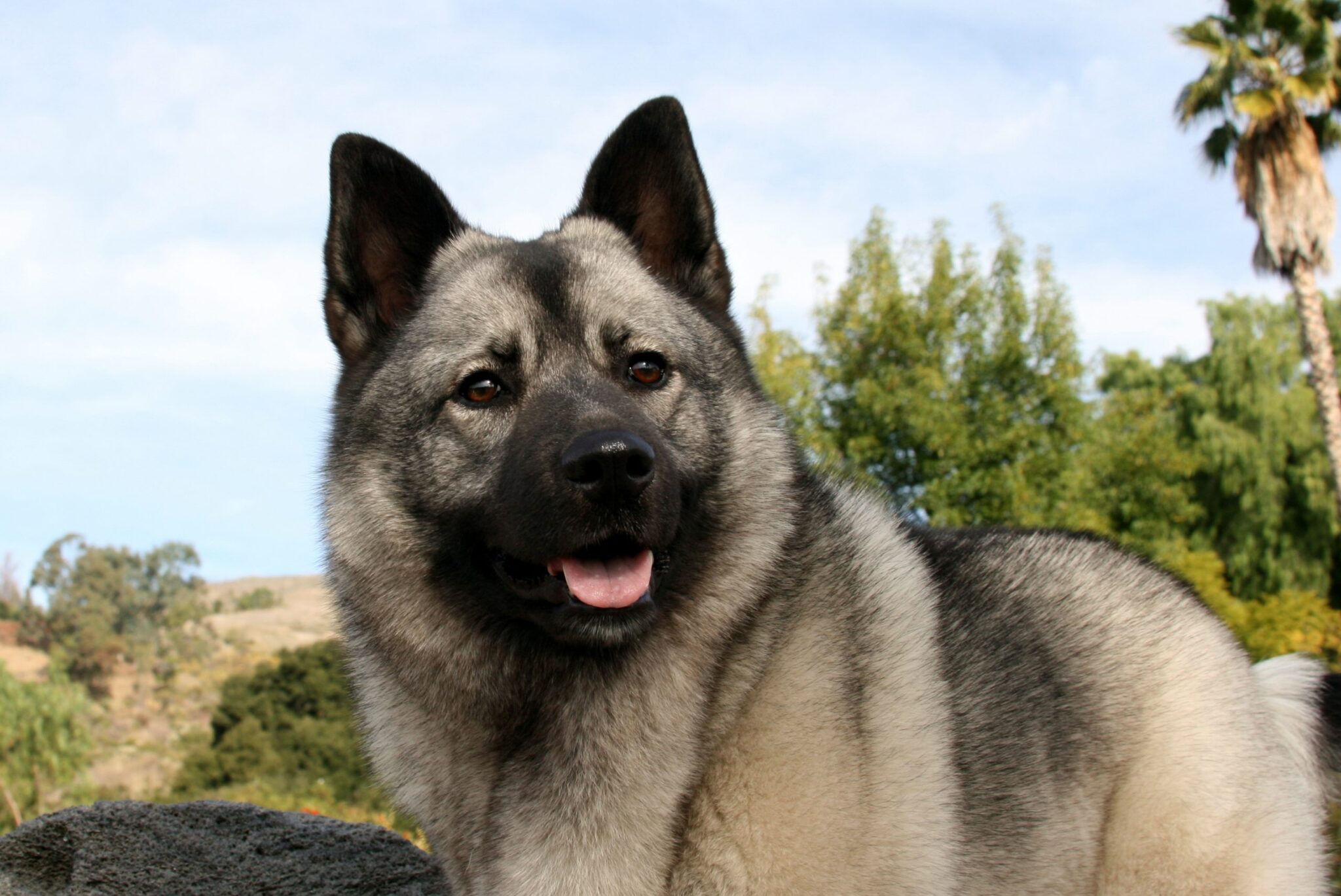 Shutterstock
Shutterstock
In ancient Scandinavia, the Norwegian Elkhound wasn’t just a hunter—it was a spiritual guide and protector of sacred Norse burial grounds. Revered for their loyalty and intuition, they were often believed to guide the souls of the dead. Their howls were considered spiritual messages, bridging the realm of gods and mortals. As guardians, they were fearless and unwavering, keeping both mortal intruders and mischievous spirits at bay. If Odin had a house pet, it barked in Old Norse.
Basenji
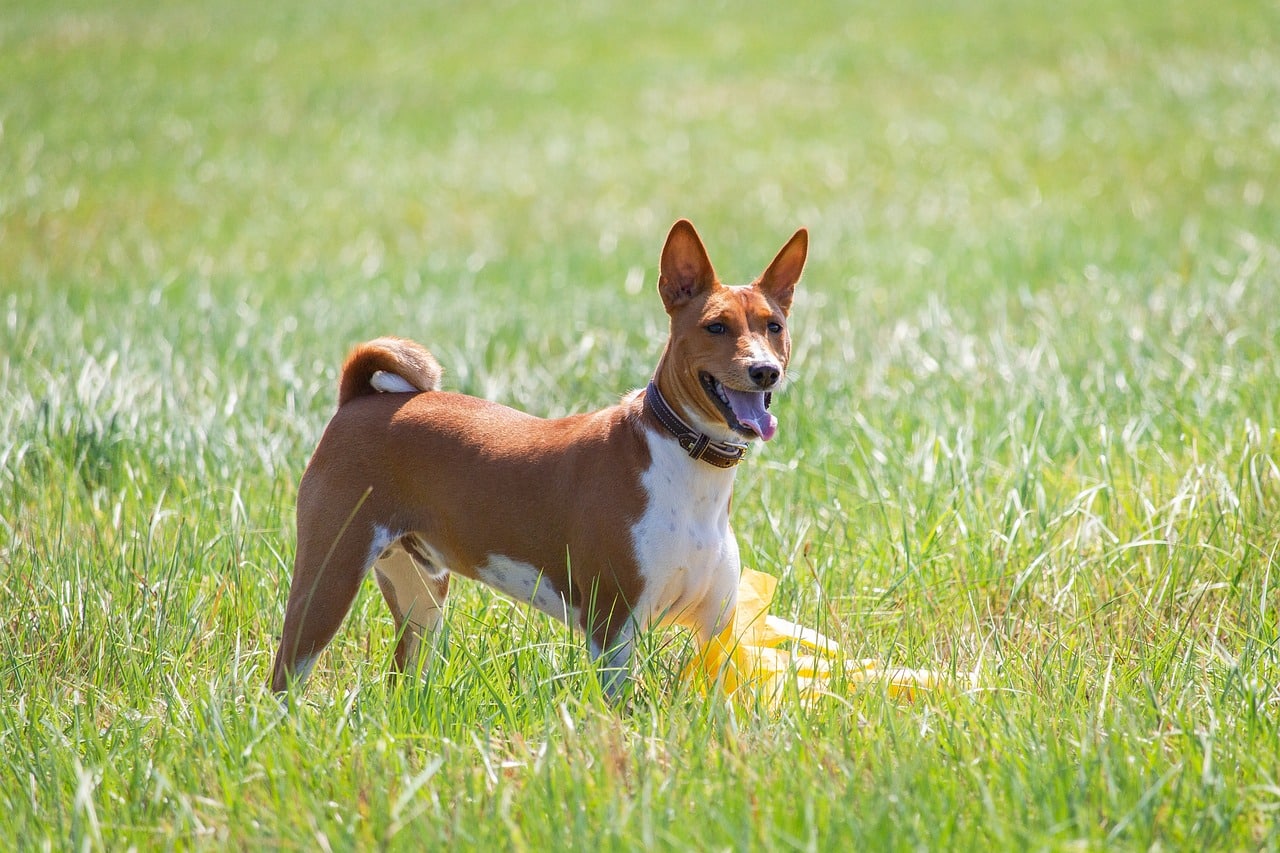 Shutterstock
Shutterstock
Known as the “barkless dog,” the Basenji was once a revered guardian of sacred spaces in Central Africa, especially in tribal rituals and burial ceremonies. Their quiet presence and alert nature made them perfect sentinels for ceremonies requiring spiritual focus. They may not bark, but their watchfulness is second to none. The Basenji often served as both a companion and spiritual symbol, believed to protect against evil spirits and guide ancestral energies. They’re the strong, silent type—spiritually aware and fashionably aloof.
The Holy Bark Patrol Has Spoken
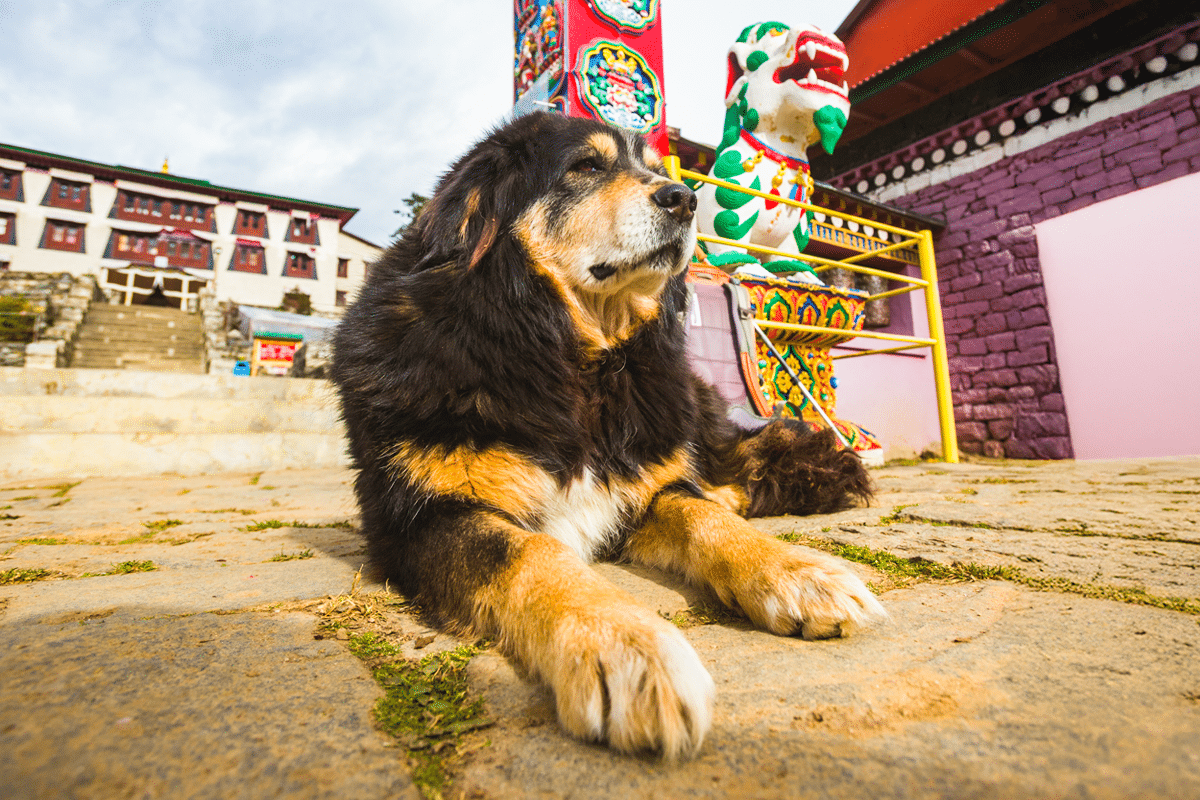 Shutterstock
Shutterstock
These dog breeds didn’t just guard homes—they protected the holiest sites on Earth. From snowy temples to desert shrines, they were more than muscle—they were sacred. With loyalty that could move monks and fierceness that scared off spirits, they took their divine duties seriously. So the next time your dog barks at a leaf, maybe it’s not random nonsense—it could be a flashback to guarding ancient ruins. Or maybe, yeah, it just really hates leaves. Either way, show some respect to that sacred snoot.

 1 month ago
19
1 month ago
19









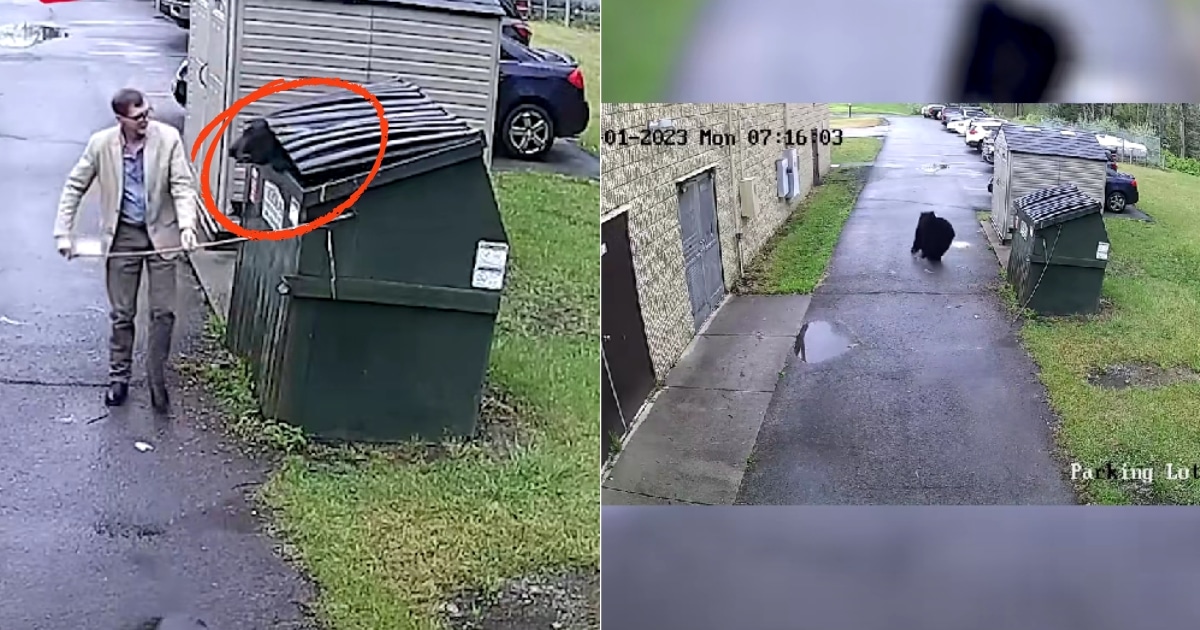



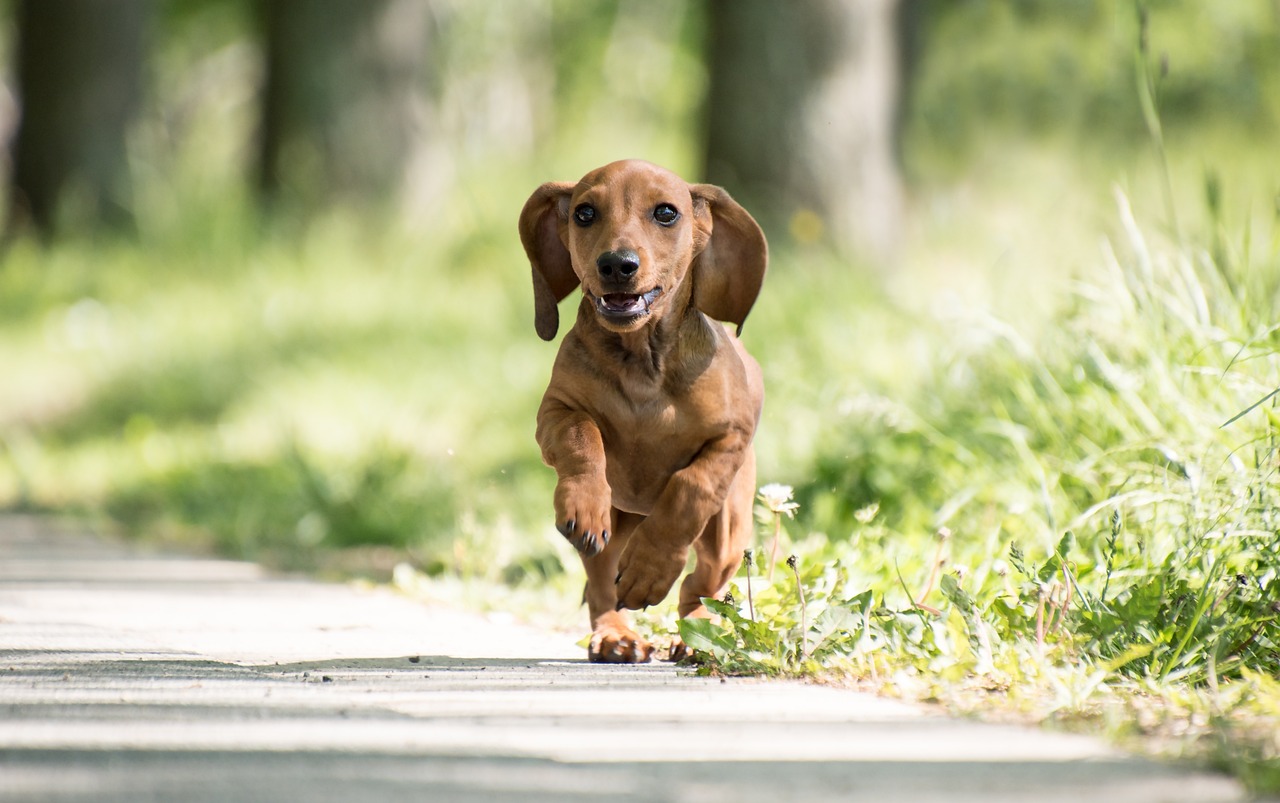

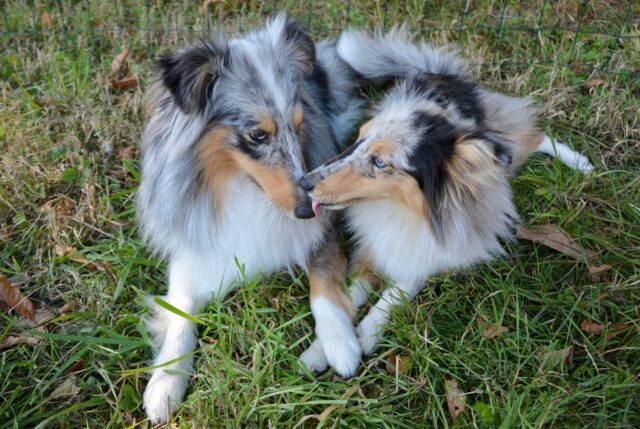


 English (US) ·
English (US) ·